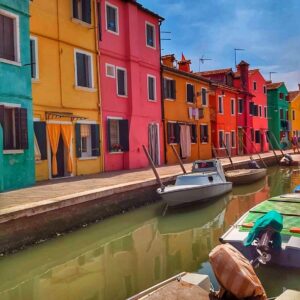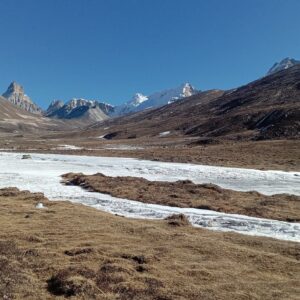 History in class room
History in class room
It’s an after-lunch history class with my teacher in form, trying hard to teach about the ruling dynasties of India. My backbencher friends are already dozing off with eyes wide open, I am devoid of this privilege. Being short I am always a frontbencher.
A usual story, my teacher was not to give up. Great at storytelling, and easy techniques up her sleeve to create and remember the ancient timelines, she made sure this helped us to remember facts and happenings.
Temple Architecture
As I revisit the timeline in Oct 2021 of the many monuments at Aihole, said to be the first practical learning school for technical drawing and construction, Badami known as the college of first creations, and Pattadakal known as the University for the final Structures of free-standing stone temples. Thus making it a universal style for Indian temple architecture.
I always believe history taught in the classroom remains in the classroom, but if altered and taught at the sites makes a deep impact and, you want to learn more. You find the finest example of teaching, learning, execution, and evolution of architecture at these three places. It intrigues me and makes it very interesting.
Though the October sun is scorching, I am determined to visit every plinth of rock built to understand what made them construct this in the 6th and the 7th century era.
We being a temple country with countless temples, some with religious worship happening to date and many as monuments and ruins, many are part the world UNESCO Heritage list.
Most of the deities reside on hills or mountain tops or deep underground, making sure water is nearby, also both seem closer to heaven… That’s on a lighter note commuting to earth seems easy.
As humans evolved they made these caves and mountain tops the permanent address of the deities by building temples, most of them in most picturesque settings.
Tourism in earlier times called as temple tourism was taken in a dual sense, offering respect and enjoying the beautiful settings around. Temple tourism has always been in vogue in India. But ruins and monuments intrigue us as they do have a different story to tell, from the ones with worship.
 Malaprabha Valley
Malaprabha Valley
In the Malaprabha Valley of Karnataka, the temples of Aihole, Pattadakkal, and Badami are a culmination of styles and construction techniques each beautiful than the other. This small valley is strewn with models made by the architects till they attained perfection. The transition from the rock-cut excavation at Badami to the much-unfinished practice plinth in Aihole to the final products in Pttadakal is history to be known and understood.
Over the year’s adaptation of styles, art, culture, and socio-religious trends were used keeping mythology as the center for carvings and sculptors. The extensive experimentation at the banks of Kaveri with richly cultivated rice paddy fields and boulders around, stand majestically giving us a glimpse of the 6th and the 7th Century.
With the initial sculptural composition on the rock walls and columns, they evolved learning new styles and moving on to the Dravidian style dating back to 634 CE. All unique construction styles of myriad ruling dynasties are seen in Pattadakkal. Following suit majority of temples in India follow the Dravidian or Nagara style architecture which can be identified by the beautiful shikharas.
 Badami Temples
Badami Temples
The Bhoothnath group of temples dedicated to Brahma, Vishnu, and Shiva with locally available stone carves the learning path of the craftsmen and the transformation stage from the free-standing wooden structures. The valley under the Chalukyas transformed the landscape into power and spiritual capital which further evolved as the cradle of temple architecture.

 AIHOLE
AIHOLE
The school of architecture is a group of 100 temples that seems to have been the drawing and raw design site. The more you see it you get the better hang of it. The pillared architecture in stone was the first step to move from temples made from wood to free-standing temples in stone. The Durga temple among the hundred is the most beautiful with carved interiors. Many of the monuments have extended plinth than the building keeping in mind futuristic extensions.
Pattadakal
Pattadakal also called Paṭṭadakallu or valley of red soil,witnesses a harmonious blend of architectural forms, from northern and southern India. The group of temples dedicated to Shiva, the Virupaksha, and the Pampanath temples are the finest examples of craftsmanship and an illustration of “eclectic art”. The extensions to the structure of beautiful shikhara in the Dravidian or Nagara style, water tanks, Gopura, and enclosures evolved as per the religious needs of the time.
All the 3 monuments have retained the integrity enduring weather conditions over centuries making it a standardized design system to be followed in our temple Country.
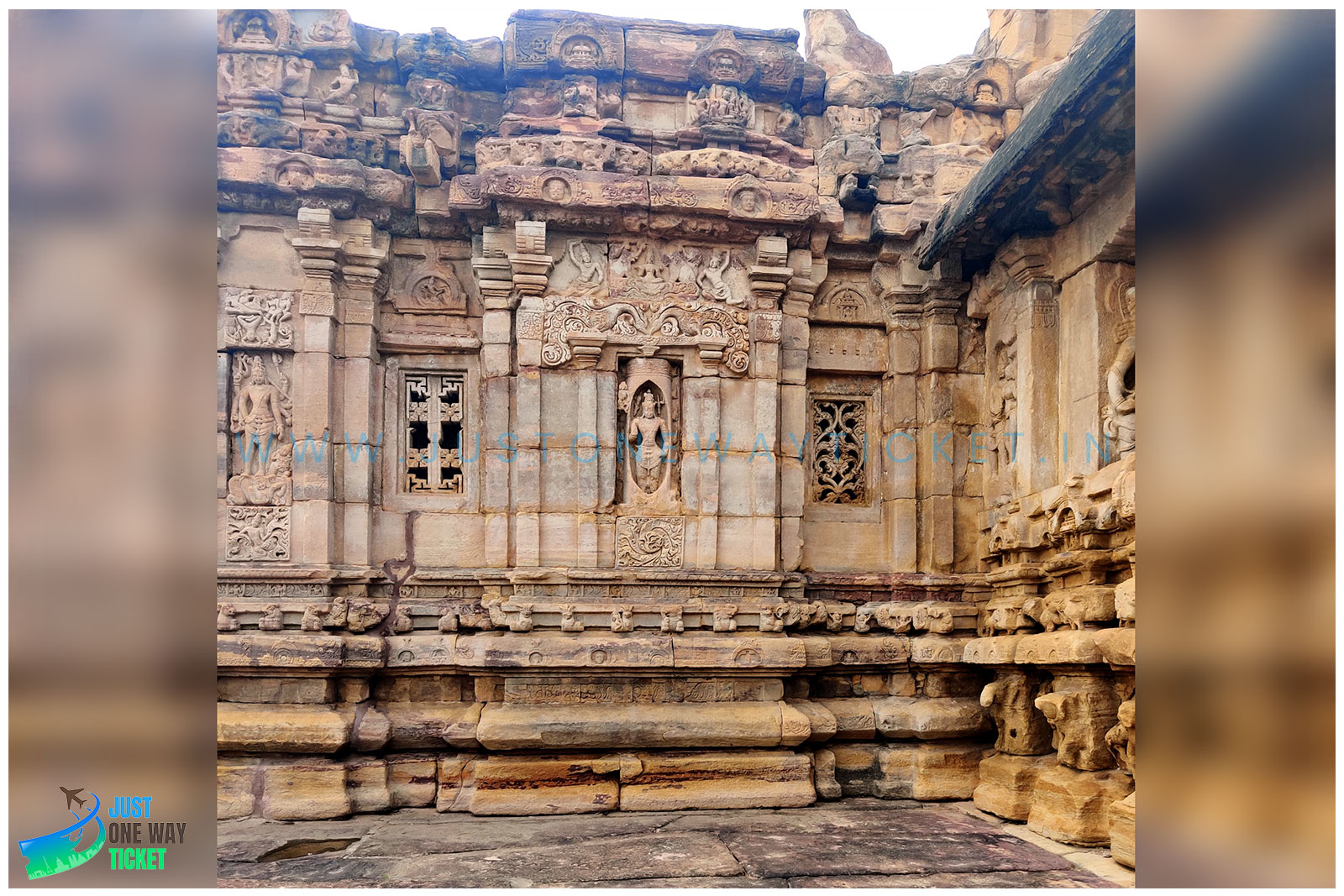
I would have loved to be a student
I felt open schooling with the integration of subjects was the style of learning, which is amiss today. Subjects were integrated with each other and mostly learning must have been fun. Drawing as a subject was integrated with measurements, materials, spaces, climate, and much more. Learning under the sky in the open must have answered all the why questions which made humans fearless.
Hence I feel all ancient humans were courageous and their survival instincts were pretty strong, they worshiped nature and its creations by inscribing them on temple walls, forts, and palaces, they cared for their animal stock, and so on…..assessed themselves by taking on challenges of all above
Learning inside the four walls of concrete and of the screen
Then came the Schools with walls and books, both closed and we try finding answers in them, thus declining the curiosity of finding it in the opens, then came the technology bringing in remote learning as the main learning channel further deteriorating and keeping us confined, the pandemic made it more difficult and peer learning seems to have disappeared. Life skills have become a subject to be taught in the classrooms. The curiosity quotient declining.
I revisited my history Class and relived every moment. Understanding from the monuments and the ruins and the stories from the guide, the richness of our very own culture which hardly is covered in the class. Life is all about making memories, the creators of these memories aren’t there but the creations speaks volumes and the local story tellers do an amazing job, unravel these, and enjoy the scenic landscape with the local food and people.
Suggestions
# Sightseeing must be done in the early morning or evening hours.
# Be prepared to walk a lot. Good walking shoes are a must
# Children will not enjoy this trip.
# Carry Umbrella, water bottle, and some munchies along
# Sun Tan lotion is a must
# To enjoy carrying patience along.
Very Important: Take a Guide.
Key points
# Shift from Wood architecture to stone Architecture
# first is Rock Sculptures
# evolved into free-standing Temples
# Plans for spatial
# They learned under the sky and were intelligent and fearless.
Stay tuned to Blogs by Varsha Mahore. Enriching lives through Travel.

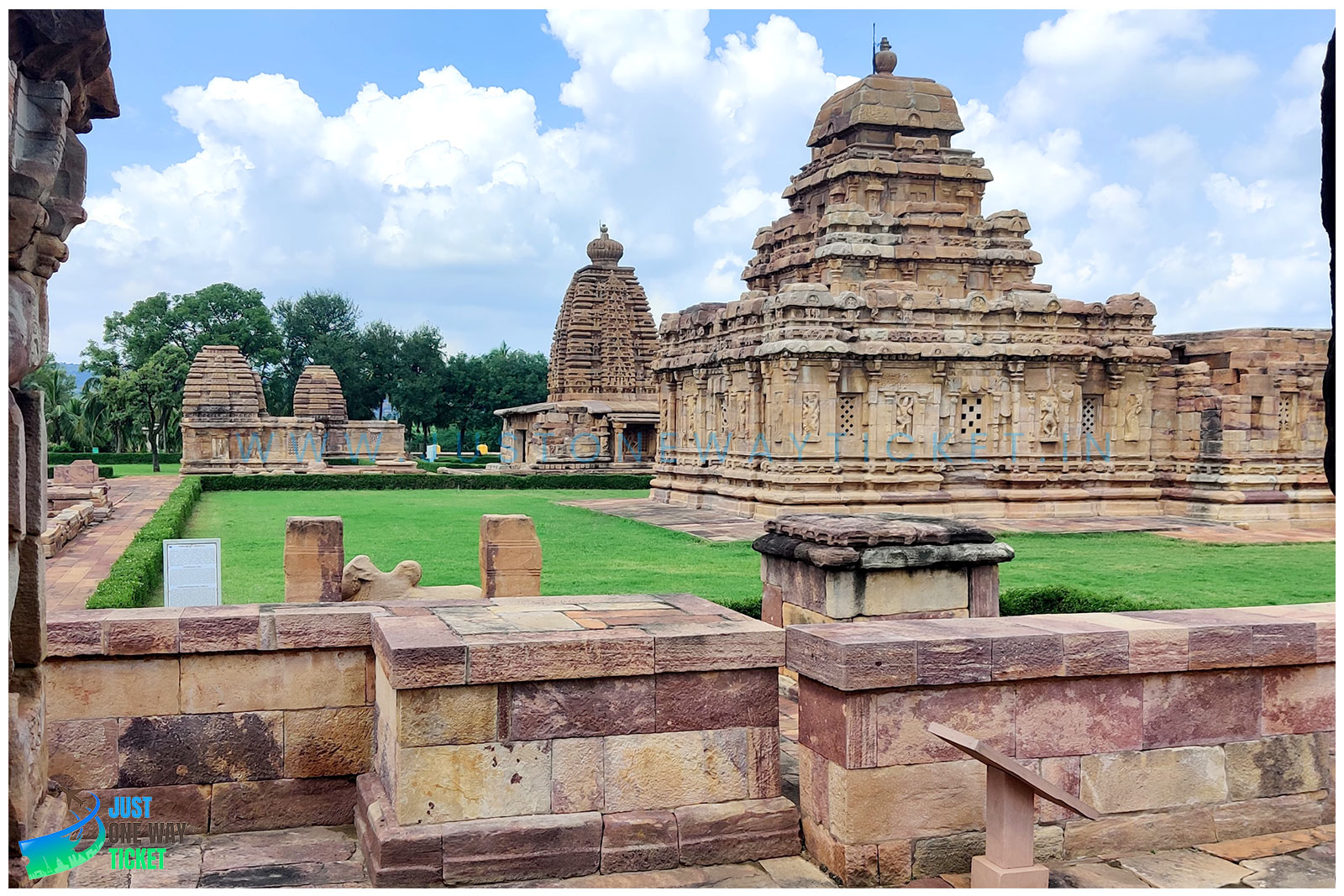
 History in class room
History in class room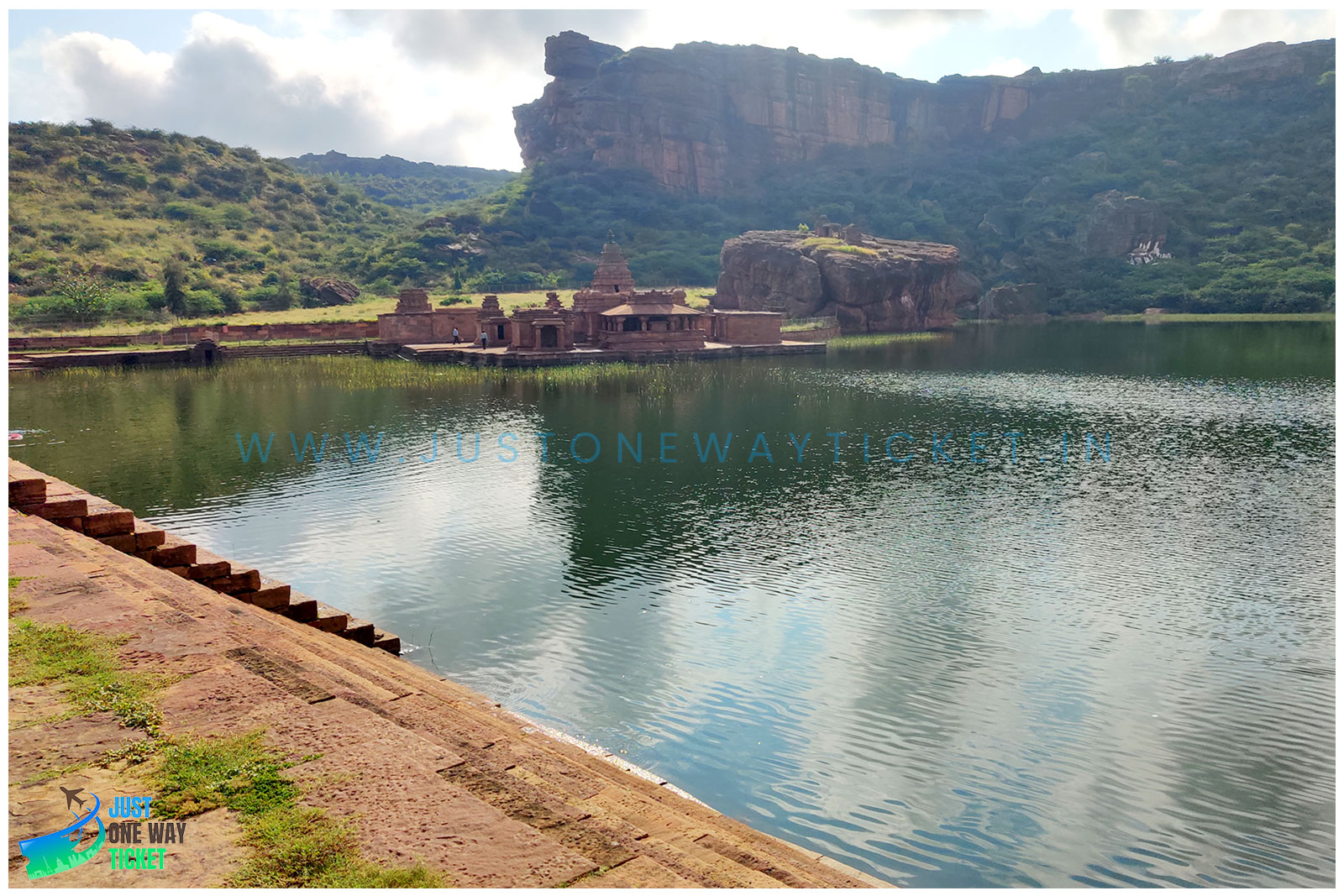 Malaprabha Valley
Malaprabha Valley Badami Temples
Badami Temples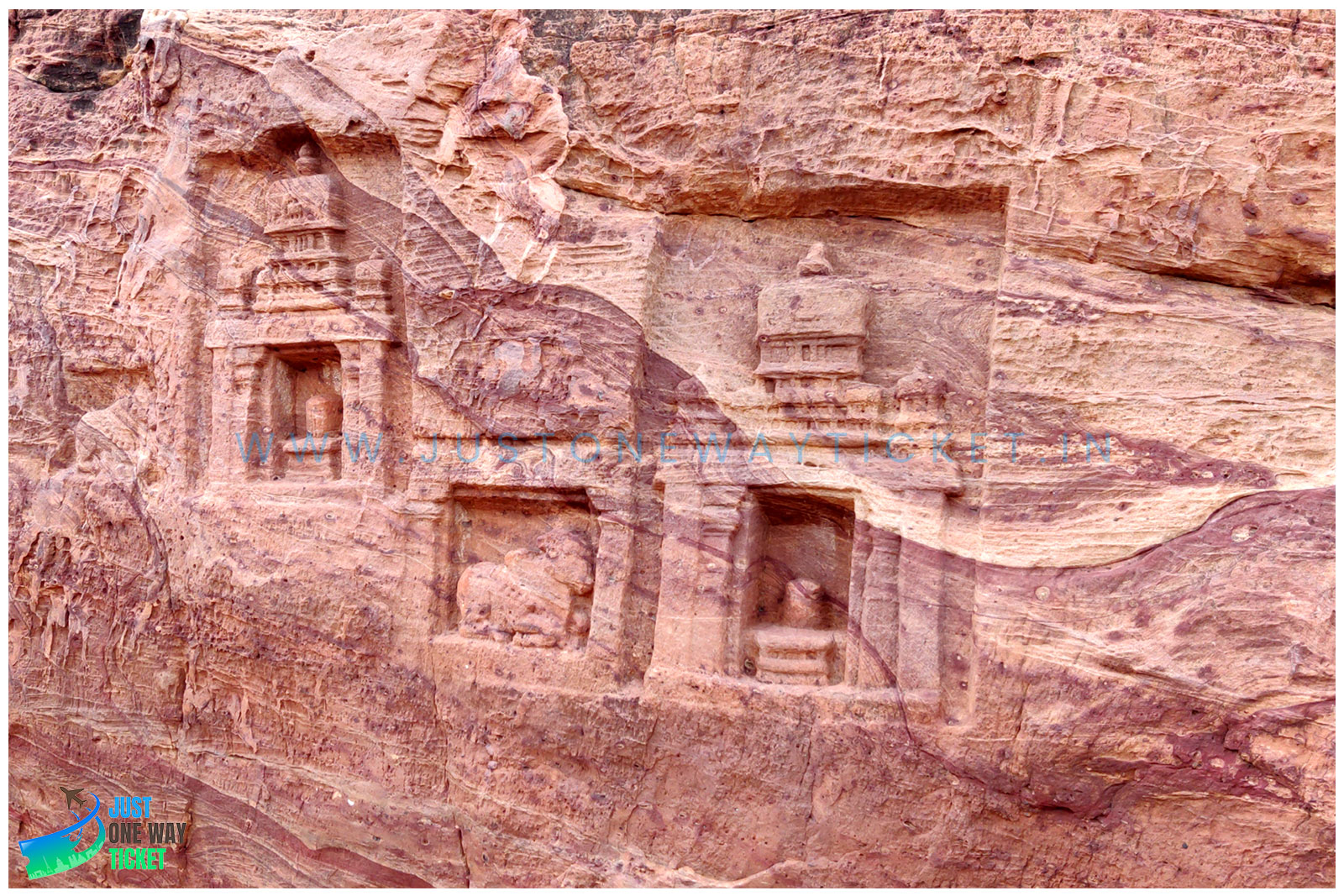 AIHOLE
AIHOLE

